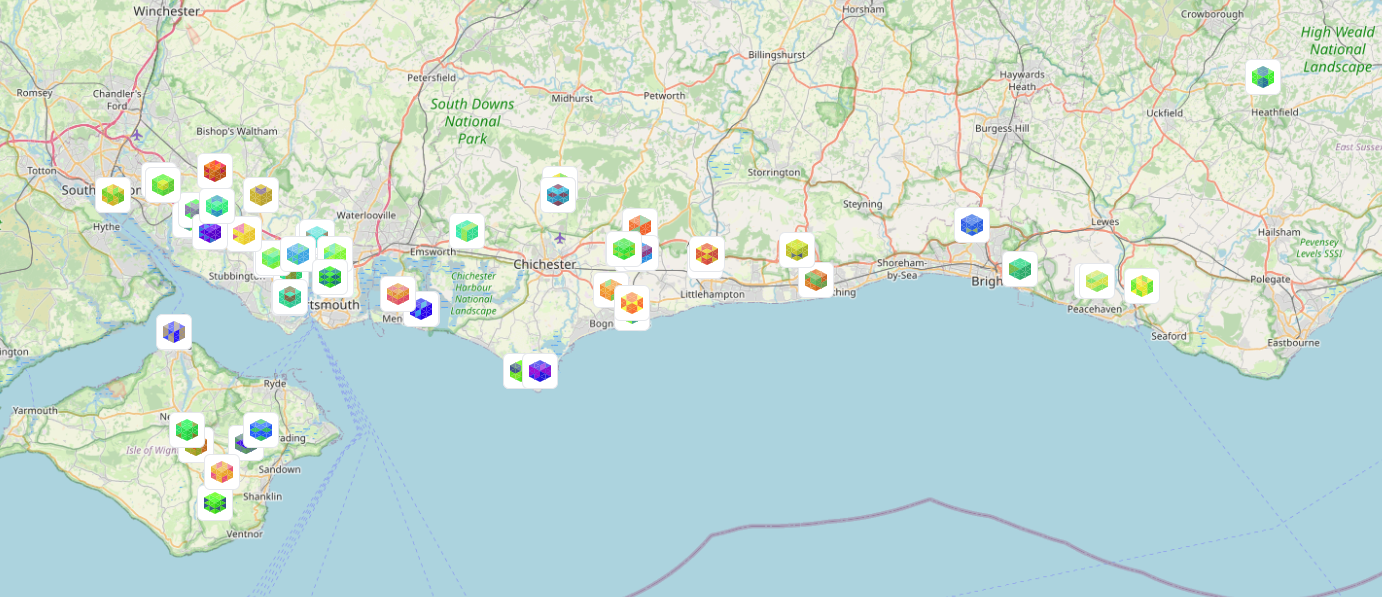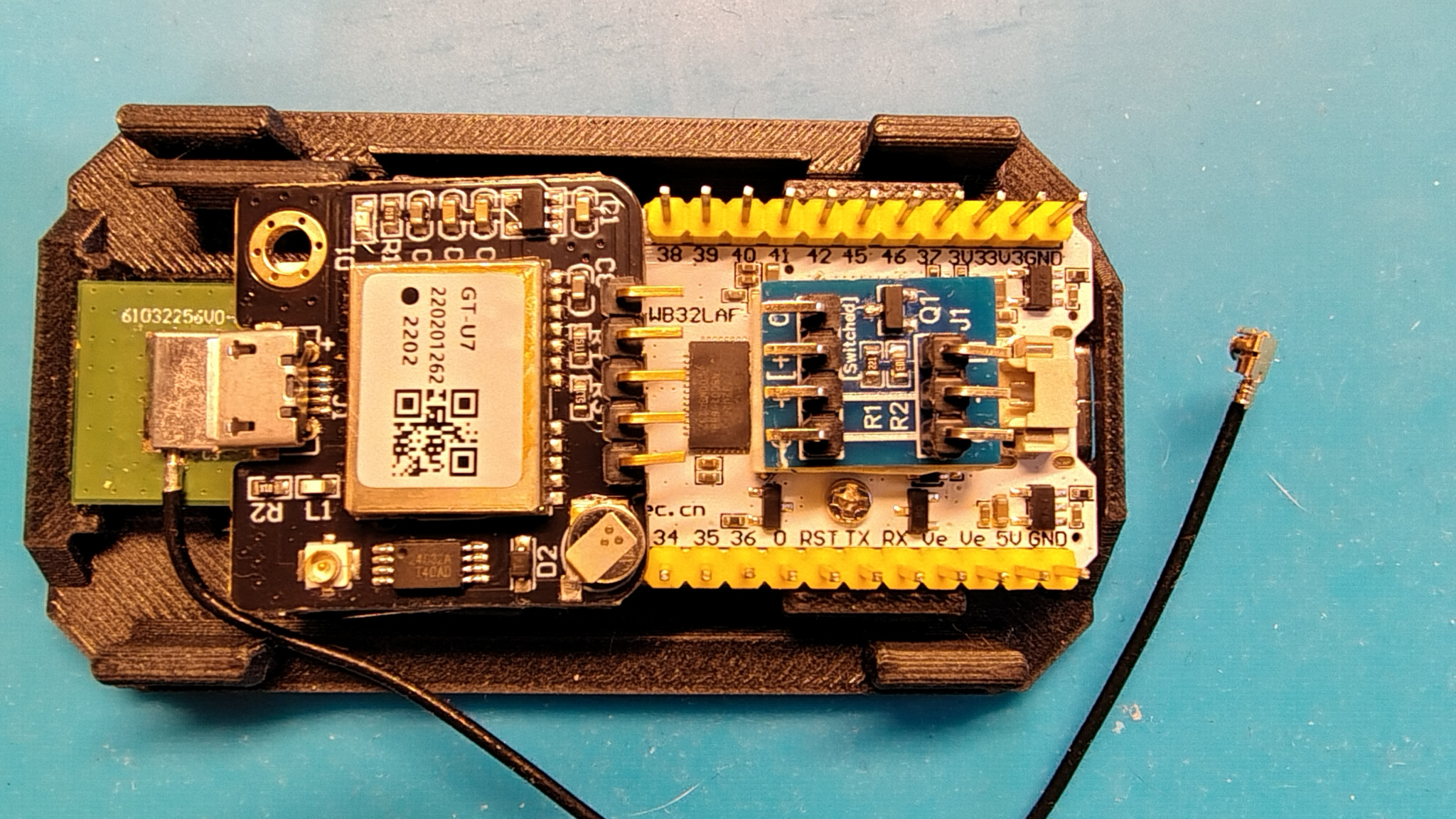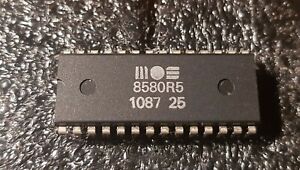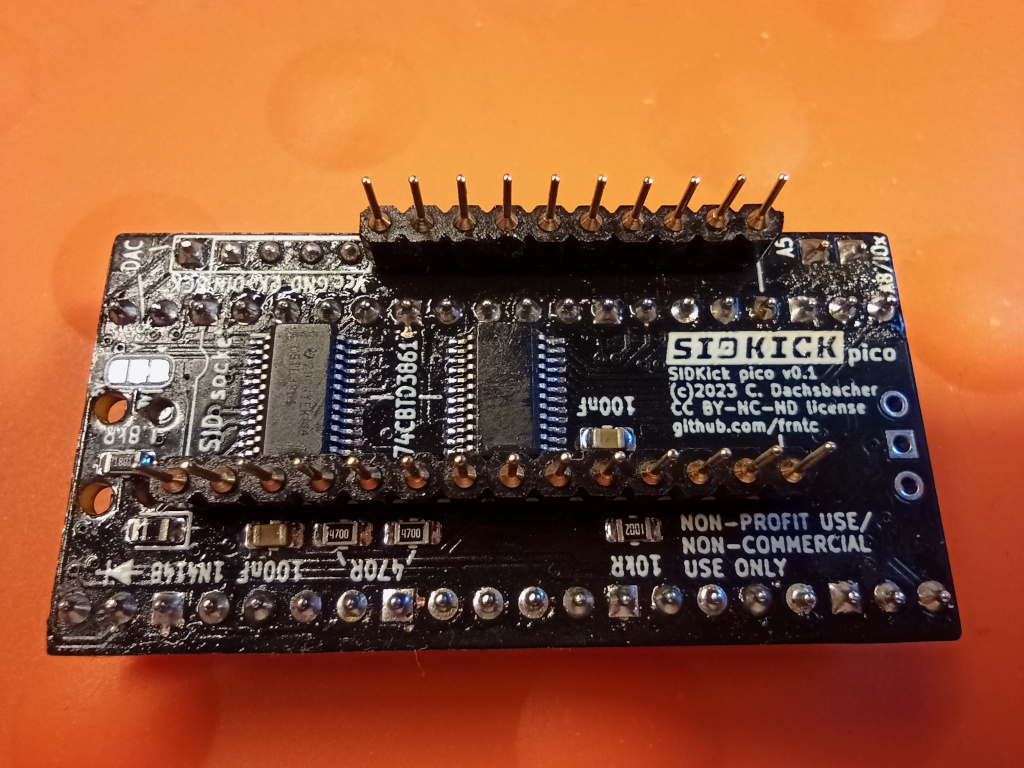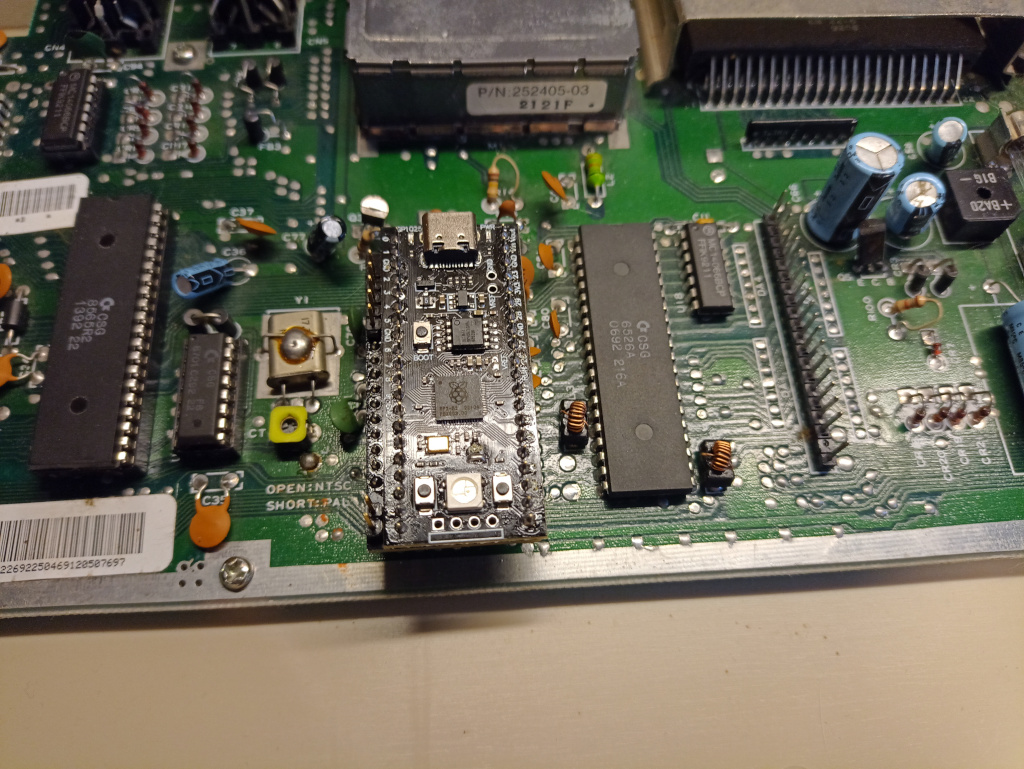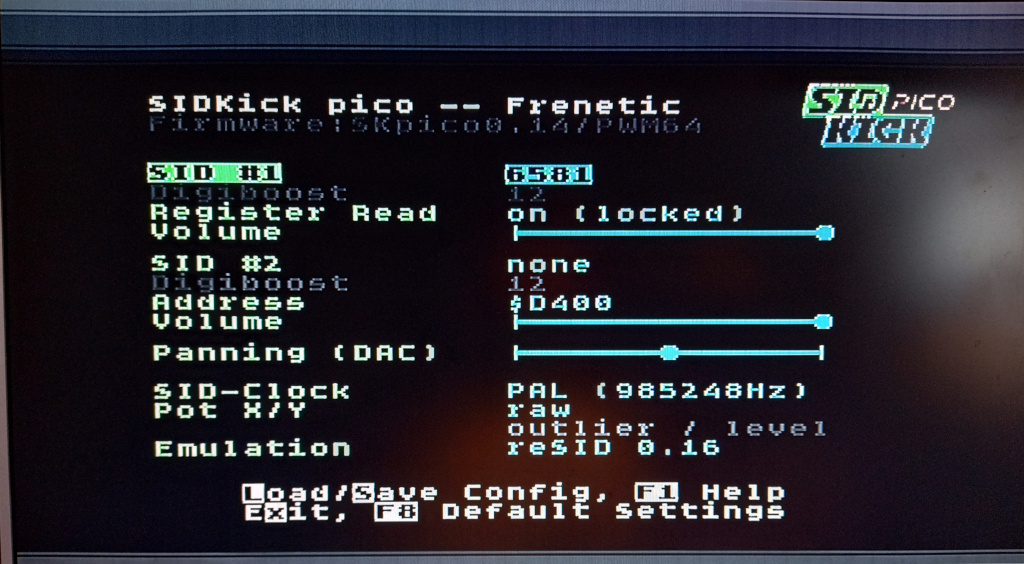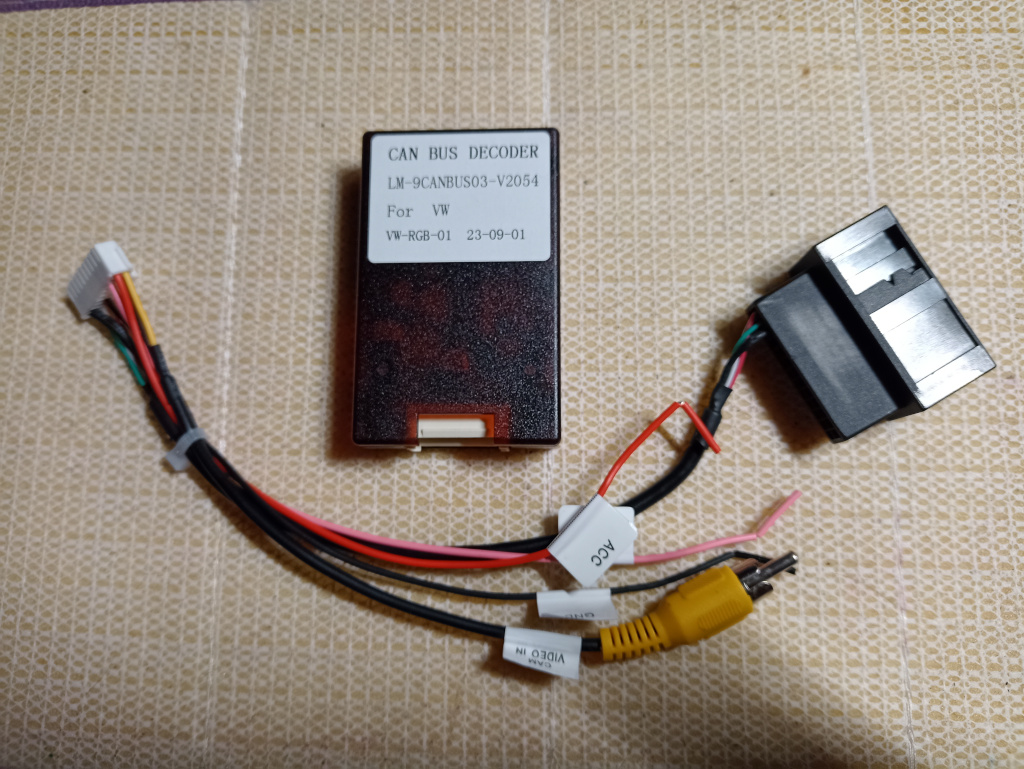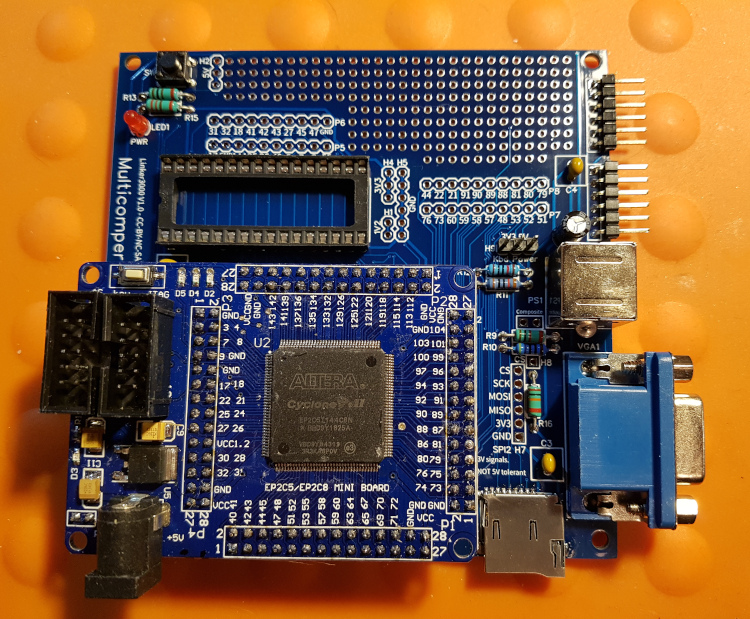
I got to thinking (yep, I can do that at times) about my hobby work in electronics and tech, and my interest in finding clever low-code programming solutions for data management tasks and I decided to combine the two.
The result was MeshBop, a message trigger and response system for the Meshtastic radio network, built using the Node-RED visual programming platform.
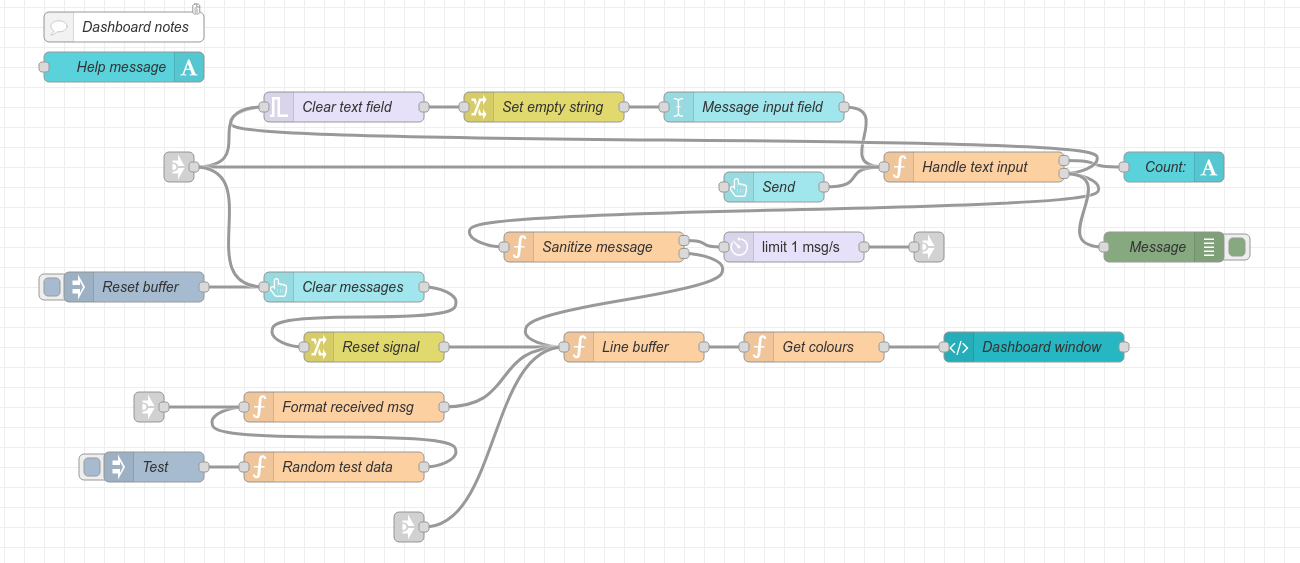
MeshBop can respond to trigger messages and transmit useful information such as BBC news headlines, regional weather, and tide times. It also checks the UK Met Office every hour for severe weather warnings, broadcasting a short summary if it finds one.
Although Node-RED is a low-code, visual programming tool, some of the data handling (for example, extracting information from JSON payloads) required custom JavaScript function nodes. These take input, process it, and output the results. Even so, the visual nature of the app makes it easy to follow what each “flow” does and to extend its functionality as needed.
This was a fun project with a practical purpose, and it builds on my earlier work with Appsmith to show how low-code tools can effectively manage different data formats without relying on complex libraries or deep dives into something like Python and Pandas.


